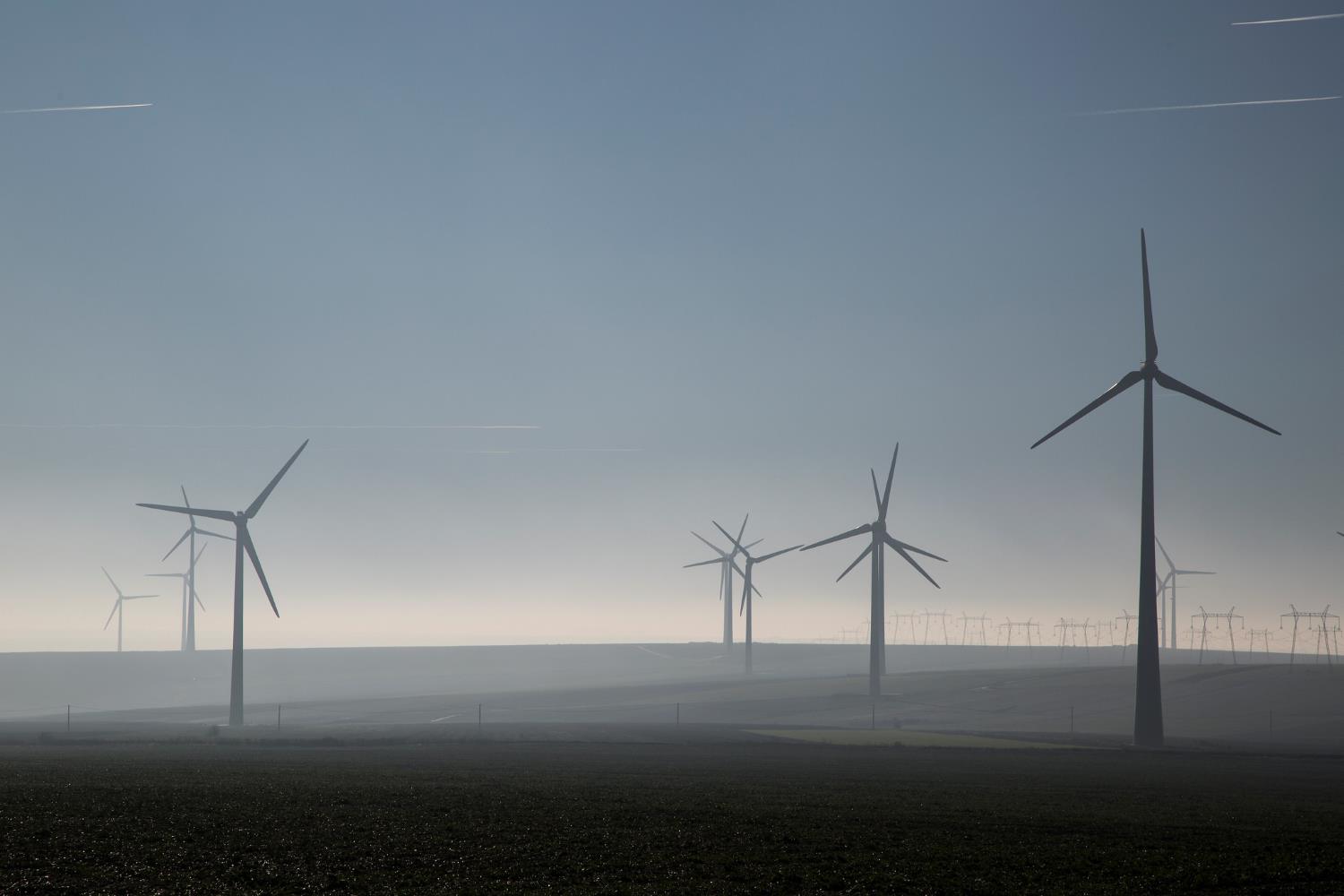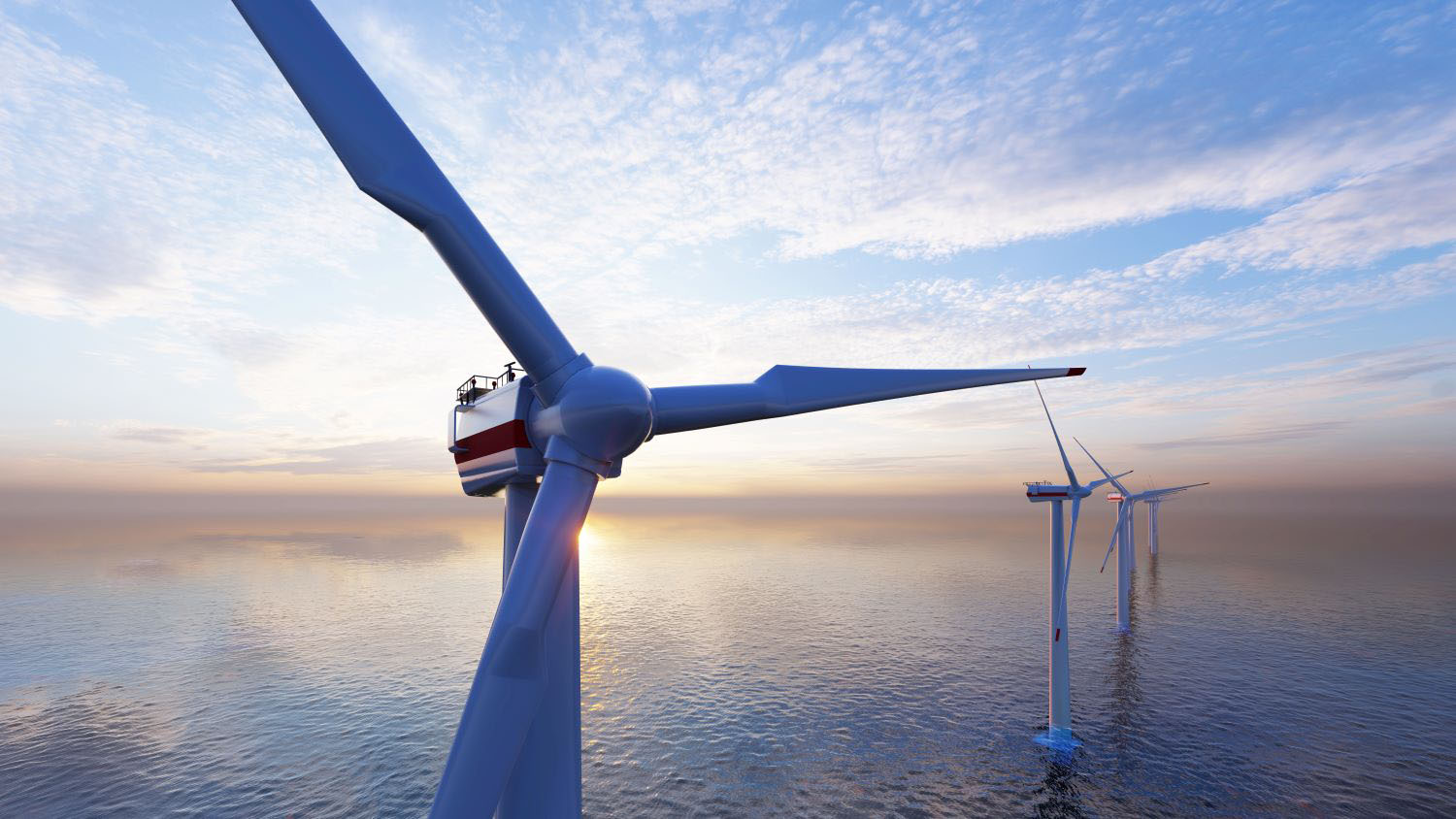Recommended

POLICY PAPERS

POLICY PAPERS
The World Bank offered up several new climate commitments at COP, the big UN climate conference, including that 45 percent of its annual financing will be devoted to climate-related projects starting in fiscal year 2025 (which begins next July). The Bank estimates that this will “put to work” more than $40 billion. The target is a significant increase over the current goal of 35 percent.
The threshold question is: what does “climate-related” mean? Will these funds really influence climate outcomes, or will they be the financial equivalent of quiet quitting?
It doesn’t talk or walk like a duck, so why is it classified as one?
Consider how the 45 percent target is likely to incentivize behavior at the World Bank. There will be enormous pressure to tag financing with a climate benefit, no matter how tenuous the link. This is not merely theoretical—earlier this year, CGD colleagues released findings of a study of over 2,500 projects in the World Bank’s climate portfolio, most between 2015 and 2022, and found that hundreds of climate-tagged projects had little to do with mitigation or adaptation. This included, for example, 142 education projects tagged with a climate label without any rationale or climate specific objectives. If the argument is that educated people are more climate aware, and well, that’s just not compelling unless the project is explicitly designed for climate education.
A recent assessment by Development Initiatives found similar results. According to their model, 380 of 1,900 World Bank projects approved between 2018 and 2022 and representing $5 billion dollars were likely incorrectly labeled as climate. Their assessment did also identify projects that should have been flagged for a climate component but were not.
In response to the CGD study, the World Bank agreed to introduce a new “climate outcome platform” at COP 28. This seems to have manifested as a joint declaration of ten multilateral development banks and financial institutions, including the World Bank, who have pledged to track and report climate outcomes for both mitigation and adaptation and collaborate to harmonize methodologies. Absent was a timetable for meeting these commitments.
How to make friends and influence climate change
Another issue is how the 45 percent financing target will be allocated. Low-income countries (LICs) are not the source of the climate crisis, but they are its victims. According to the World Bank’s Climate Change Action Plan, the 75 countries eligible for concessional financing from IDA account for only 3.6 percent of global emissions, while just two middle-income economies—China and India—account for a whopping 35 percent. Presumably most mitigation finance will be directed at large emitters, while the focus in LICs will be adaptation. Due to the ravages of climate change, there is ample scope for adaptation programs in IDA countries, but a 45 percent climate target still seems high, especially because adaptation financing is so context specific and agreement on common metrics remains elusive.
There is also a risk that resources could be diverted away from poverty-focused projects that lack any discernable climate impact like cash transfers, maternal health initiatives, financial sector reform and many institution and capacity building programs. I like the idea proposed by my colleague that LICs should press for a combined climate and development finance goal as a way to avoid the risks of greenwashing or crowding out of other priorities.
Recall as well that the World Bank is a demand-driven organization. Country ownership is part of its DNA. As my colleagues and I discuss here, demand dynamics are complex, and for many major emitting countries, the World Bank is not and will not be a significant source of climate finance. In addition, climate may not rank among the top issues that borrowers want the World Bank to support. When CGD reviewed World Bank surveys of 43 client countries conducted in 2020–2021, they found that climate change was ranked as a top priority by fewer than six percent of respondents.
World Bank President Ajay Banga has spoken persuasively about the tight linkages between development and climate goals, especially in sectors like agriculture, manufacturing, and transport. Climate change is both a driver of poverty and an obstacle to development—you can’t solve one without the other. But the fact remains that many vital interventions lack a climate component and resources are finite. And ascribing climate benefits where they are de minimis or do not exist is not the right way to manage this problem.
You can’t manage what you won’t measure
My other critique is that financing is a terrible proxy for results. Currently only a handful of World Bank projects include estimates of greenhouse gas emissions reductions and there are no standardized reporting estimates. With more funding going to mitigation, the World Bank needs to use credible estimates of its impact on emissions with a clear theory of change, including in cases where the climate impact is one of multiple objectives.
The absence of indicators also makes it impossible to verify what the World Bank has done to improve outcomes or whether resources are being targeted where potential gains are greatest. The World Bank’s 2022 corporate scorecard showed that bank-funded projects led to 194 million metric tons of emissions reductions, but this figure is impossible to verify. The World Bank is introducing a new more streamlined scorecard for which annual net emissions will be a key indicator. Ideally this version will use a transparent and rigorous methodology.
The World Bank has a lot of smart, capable, and committed people who are working hard to deliver on the climate commitments. But it does itself no favors by adopting a bold climate financing target that is easily subject to manipulation. Regrettably, high prolife international events like COP reinforce the impulse to overpromise and underdeliver. As such events proliferate, the credibility gap grows wider.
Disclaimer
CGD blog posts reflect the views of the authors, drawing on prior research and experience in their areas of expertise. CGD is a nonpartisan, independent organization and does not take institutional positions.
Image credit for social media/web: Curt Carnemark / World Bank Flickr






